Durational monochrome
Femke Herregraven & Ana María Gómez López
2017 – handmade Winogradsky columns, cyanobacteria, osteological camel specimen, video, prints
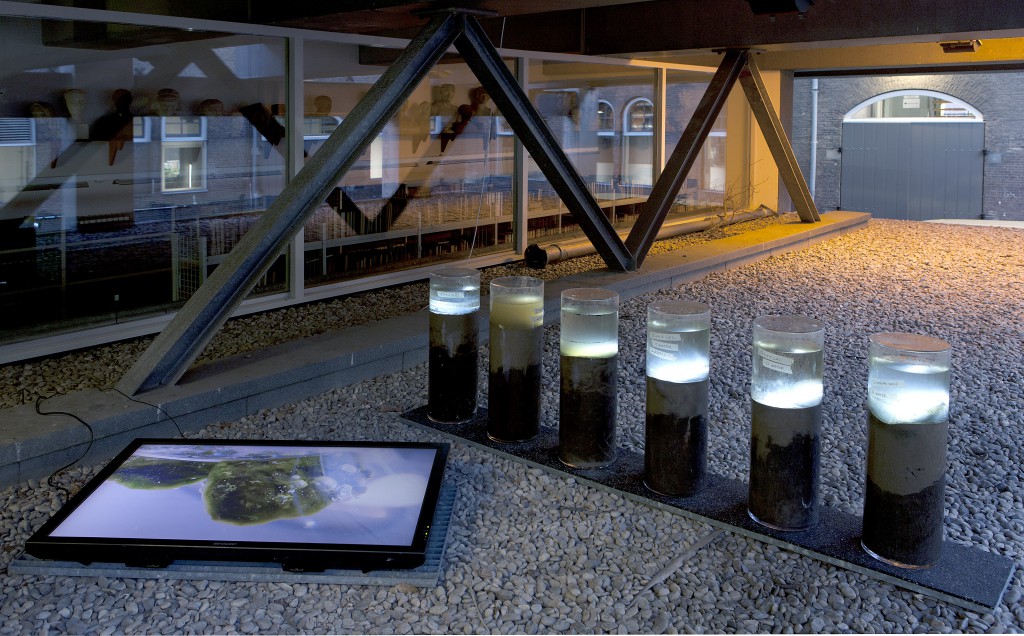
‘Durational monochrome’ consists of several glass cylinders designed to culture micro-organisms not visible to the naked eye, but ubiquitous in all aquatic sources, soil systems, and built environments. Several samples of cyanobacteria and other micro-organisms were collected from the architectural surfaces and grounds of the Rijksakademie van Beeldende Kunsten, such as the roof, the gutters, and the nearby canals. Local micro-organisms have been cultured for six weeks in handmade Winogradsky columns – a tool used in micro-biology for creating aerobic and anaerobic strata – using in water and soil recovered from the premises. These will continue to grow well past RijksOPEN 2017, becoming a temporal, biological, and geological record of microscopic life forms in this institution. In point of fact, cyanobacteria are the oldest “residents” in the building, as well as the planet, as this organism was responsible for the oxygenation event that allowed for life on Earth to exist 2.45 billion years ago.
‘Durational monochrome’ is accompanied by two institutional loans: a strain of cyanobacteria (Synechococcus spp.) in red and green variants from ARTIS-Micropia, as well as an osteological specimen of a camel from ARTIS. Since the 19th c., artists from the Rijkskademie have visited ARTIS to draw exotic specimens from observation; in turn, animals have made their way to the Rijksakademie as living models for students. Indeed, the starting point for ‘Durational monochrome’ was the photograph of a camel brought to the Rijksakademie in the early 20th c. for drawing exercises. The return of the camel, in addition to migrating the cyanobacteria to the Rijksakademie, instantiates a frame of reference for how life was represented a century ago and today—one that does not stop at terrestrial macro-organisms, but moves into the realm of invisible micro-organisms that poses questions about anthropocentric stances towards our living surroundings.

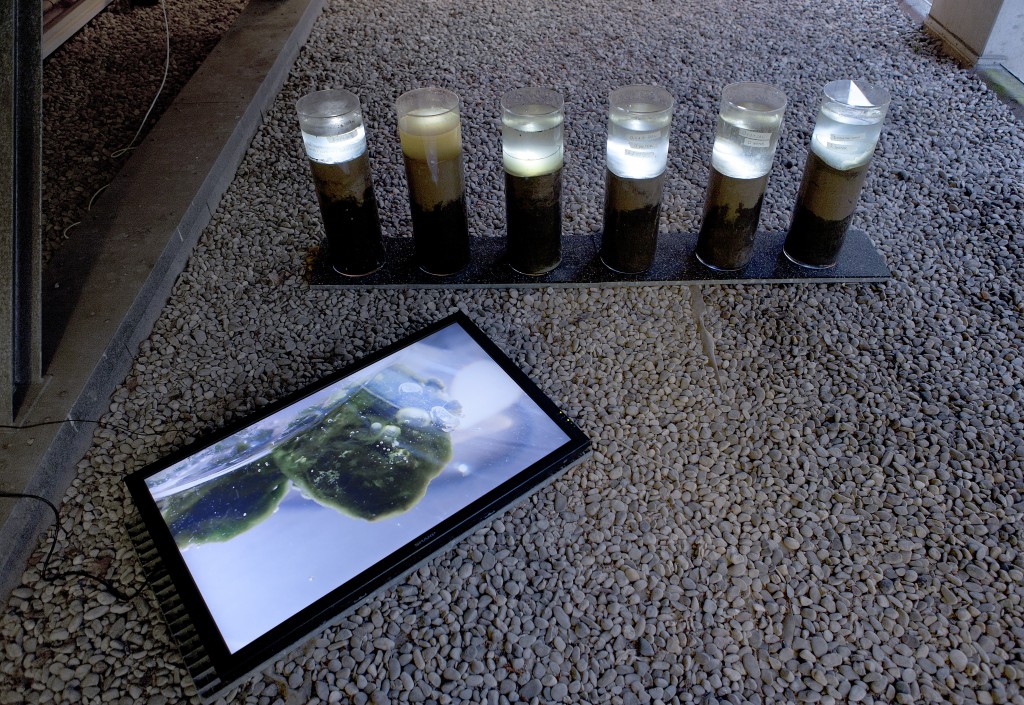
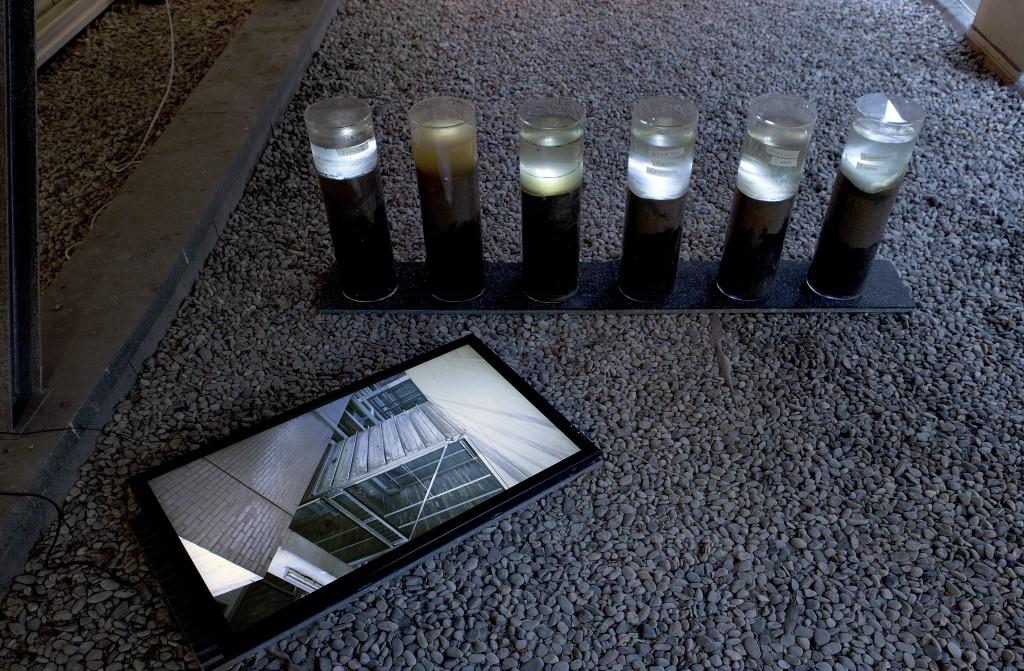
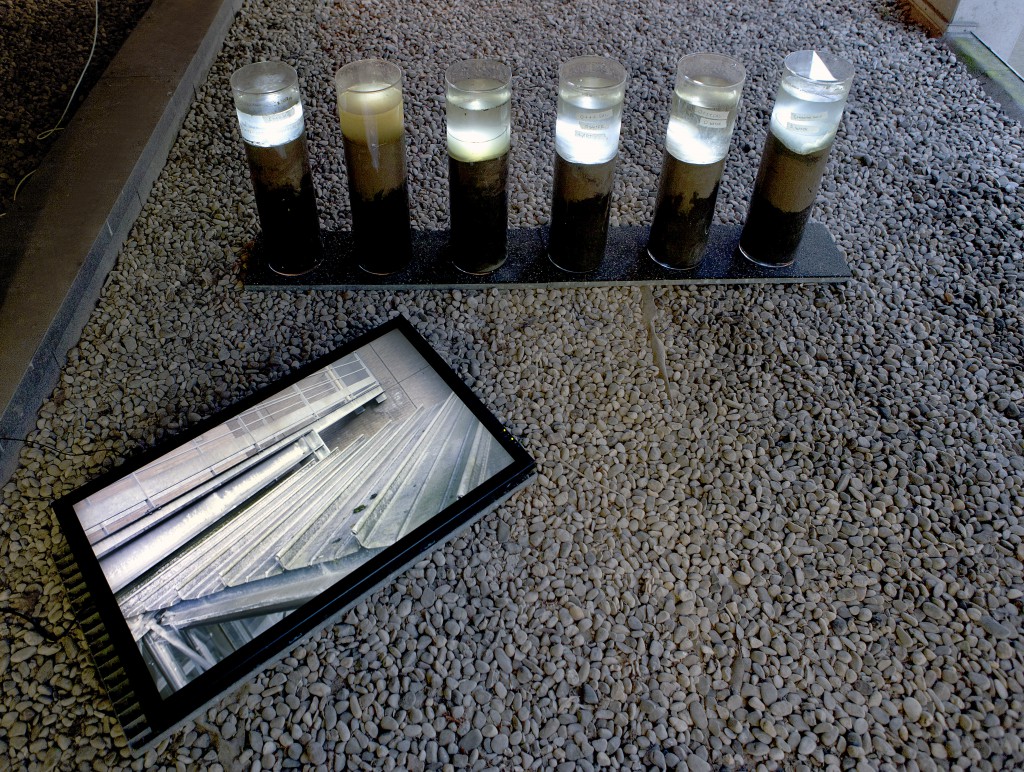
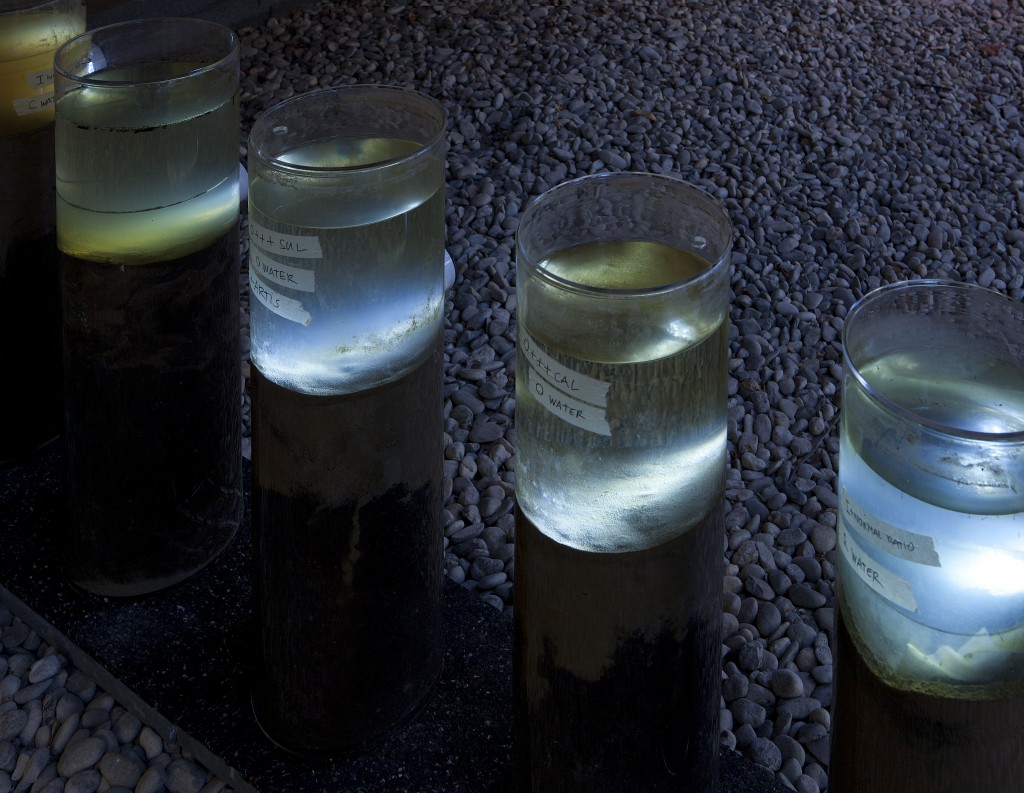 <
<
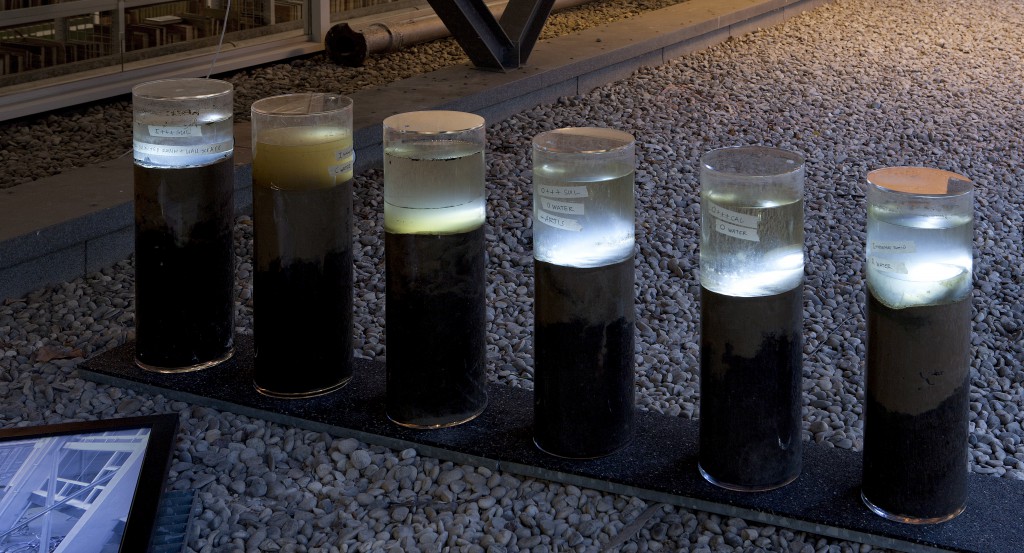

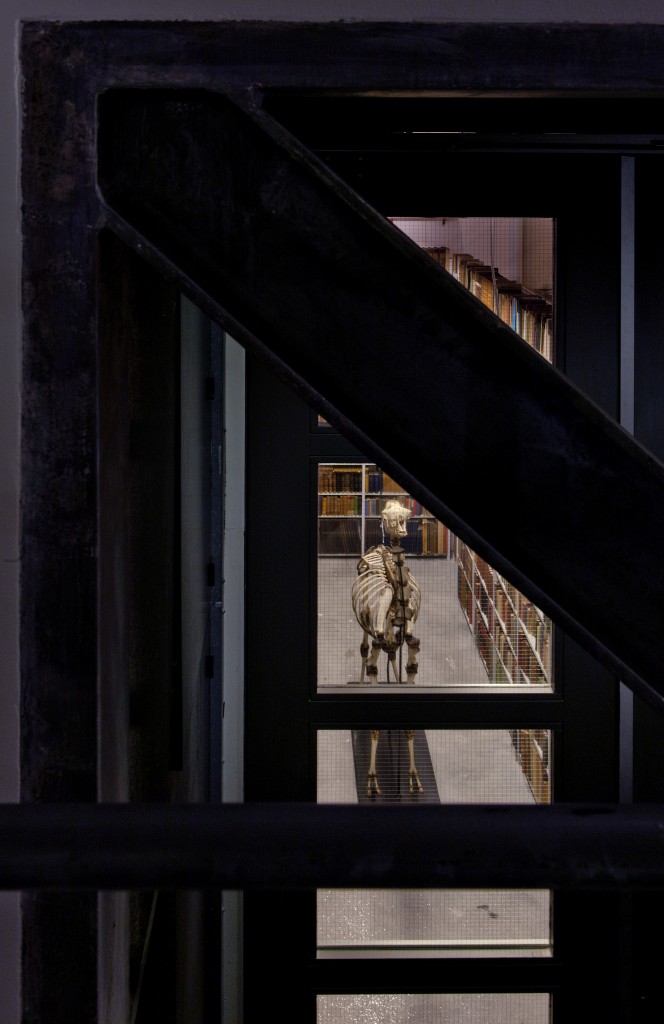
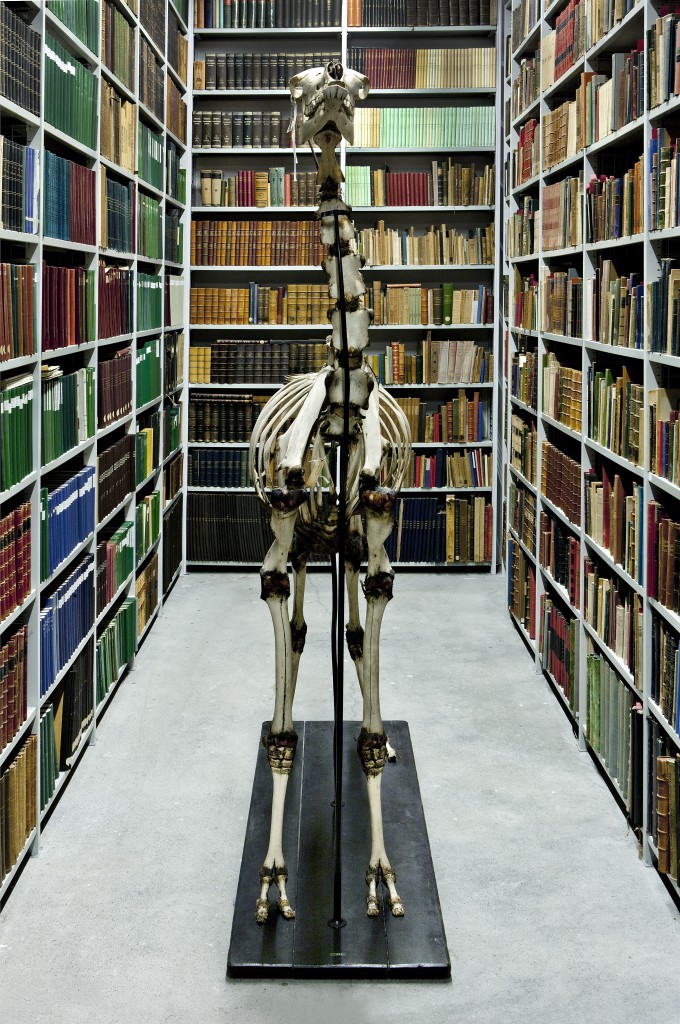
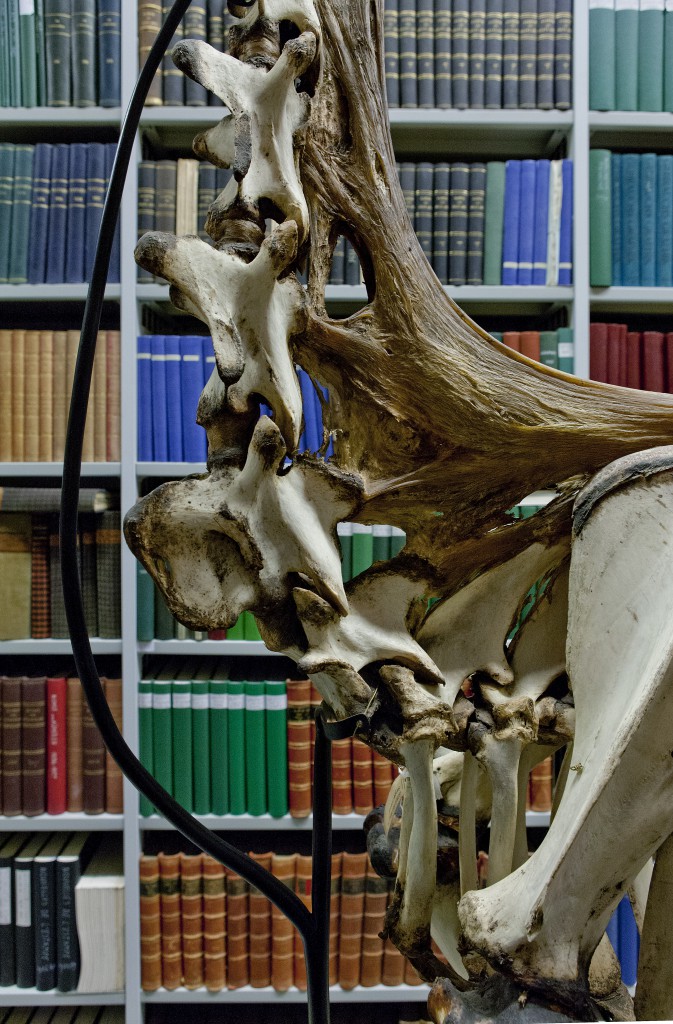
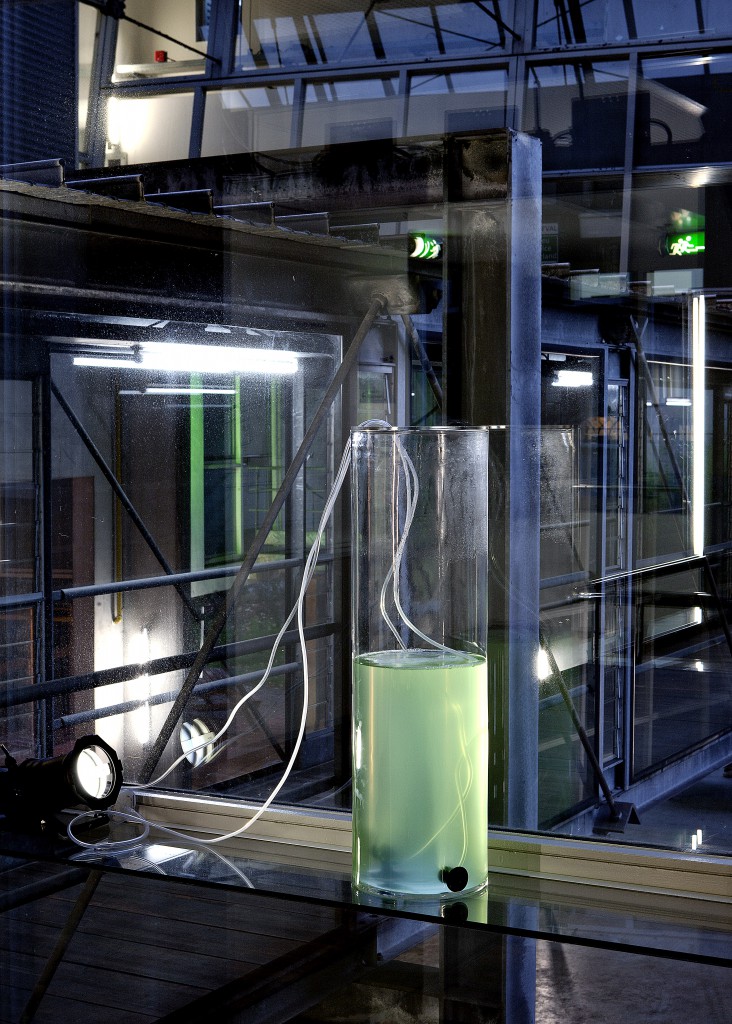
at Rijksakademie OPEN 2017 / Photos by Gert Jan van Rooij
Supported by a osteological specimen loan and a from ARTIS and by two strains of cyanobacteria loan from ARTIS-Micropia
Special thanks to Anne van Leeuwen, Erik de Jong, Nele de Klerk, Jennifer Struikenkamp and Jana Zijp